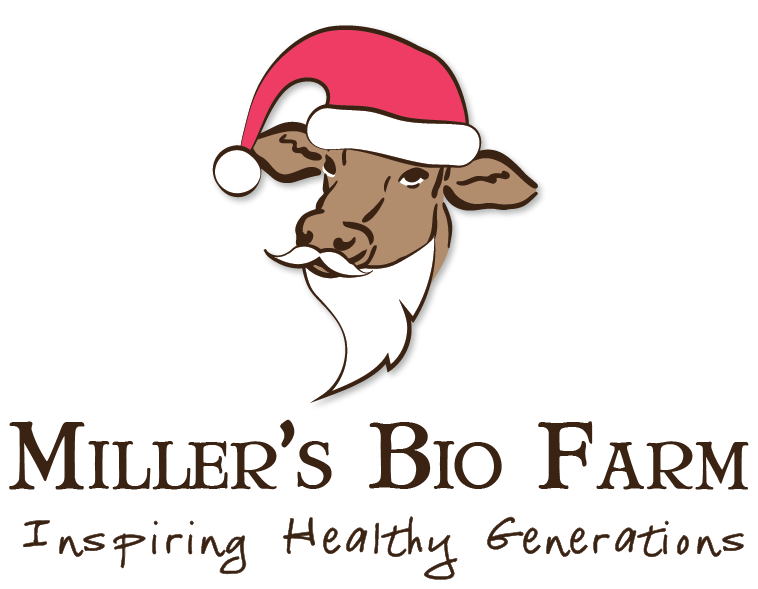What is a "lab produced" ingredient anyway? How can you tell real from fake?
posted on
February 11, 2022

Evolution takes time. It’s said that any lasting evolutionary change takes one million years. But, it seems that humans don’t have patience for that. We are making changes at warp speed, without truly knowing the long term consequences.
How does the radio frequency radiation needed for wireless technology affect humans, animals, and the environment? How does vaccination affect our health? How does lab produced foods affect our bodies? Etc etc etc.
Well… we really don’t know. We’re lucky if safety studies are 5 years long. And, in that timeline, so many other variables can change. Because of this, it’s super hard to actually identify a cause and effect of one particular change.
But, what we do know is that Americans are perhaps the unhealthiest they’ve ever been. I mean over 50% of us regularly take prescription medications. Over 40% of Americans are obese. And, 1 in 44 children are on the spectrum of autism.
This is why, at Miller’s Bio Farm, we choose to NOT reinvent the wheel.
We know that humans have been growing food and preparing it in their home kitchens for thousands of years. We are natural beings and generally do well with naturally produced, nourishing foods.
Miller’s does everything it can to avoid lab-produced ingredients. But, gee, that is tremendously difficult in today’s world.
You might be wondering, what is a “lab produced” ingredient anyway? To me, “lab produced” means something that I would NOT be able to grow and make in my home kitchen.
I wouldn’t have the home technology to select and insert genes into a plant to produce a desired trait. That’s what labs do to create GMO seeds. I’ll stick with the heirloom seed varieties.
I wouldn’t have the equipment to pump milk through teeny tiny holes at high pressure to break down fat globules into smaller particles, creating a stable fat emulsion. High tech machines do that to homogenize milk. I’ll stick with my non-homogenized cream top milk.
And, I certainly don’t have a laboratory to successively run a solvent like hexane or ethanol over soybean flakes and make defatted soybean concentrate. This is how plant-based meat substitutes are made. Nope, I’ll stick with real meat from a real animal that eats a natural diet.
A “Lab produced” ingredient is different from a “factory produced” ingredient. A factory produced ingredient is something that I technically could make at home, but it would require lots of land, equipment, time, or precision. I’m better off outsourcing that food to a small producer or factory.
Flour falls into this category. Sure, I could de-hull and grind the grains myself. But, it just makes more sense for that to happen at a mill that stone grinds slowly.
Essential oils are another good example. I steam distill plants at home to extract their oils. I’ve done it once, and it took all day to produce a fraction of an ounce. It just makes more sense for this to be done on a larger scale.
Most of the ingredients in my kitchen fall into this category - milk, meat, honey, oils, vinegar, sugar, nut butters, and on and on. I just need to be vigilant in researching my sources, making sure the ingredients are coming from producers that align with my values.
Now you might be wondering, how can I tell “real” food from “fake” food? Boy, this is a tough one. Given the current labeling requirements, it’s nearly impossible to tell.
There are certain things to look out for. Ingredients like “spice extractives” or “natural flavors” or any word you cannot pronounce is likely lab-produced. Most ingredients like this are proprietary. You don’t have the right to know.
But, then there are the little details - the ingredients in the ingredients. I’ll give you an example from our store - cheese!
At face value, the cheese ingredients look great - milk, culture, rennet, Celtic sea salt. But… what are the ingredients in the culture, and what are the ingredients in the rennet?
After doing some research, I recently found out that there’s maltodextrin in some cultures and there’s lab-produced salt in the rennet. Ugh! I mean, it’s such a very small amount, less than 0.1%, of the cheese. But still ugh!
I informed the cheesemakers, and now we are on the lookout for the most natural products available. As of now, it doesn’t look like what we’re looking for exists (the FDA and USDA can be tricky when it comes to “natural”), but I sure hope we make some headway soon.
At Miller’s Bio Farm, our food is 99.9% real.
That tiny 0.01% seems unavoidable right now. But, of course, we’re always working towards a better food future. Who knows. Maybe 5 years from now, we can be 99.99% real.




